Vinski turizam Vojvodine
Na severnim padinama Fruške gore, na samoj obali Dunava, nalazi se Banoštor – ljupko selo koje pohode ljubitelji dobrih vina. Zbog refleksije Sunca s površine reke, vinova loza ovde ranije sazreva i rađa slađe grožđe, pa se vinari ponose, ne samo tradicionalnim fruškogorskim belim, već i izuzetnim crvenim vinima.
Na vinskoj mapi fruškogorskog vinogorja, zlatnim slovima upisani su Sremski Karlovci sa dvadesetak podruma otvorenih za posetioce. Međutim, u ovoj oblasti postoje i druga, manje poznata mesta koja, po kvalitetu vina i turističkoj ponudi, postaju ozbiljan takmac glasovitim Karlovcima. Jedno od takvih mesta je Banoštor koji smo nedavno posetili. U ovom drevnom sremskom naselju u neposrednoj blizini Novog Sada doslovno se u svakoj kući pravi vino, a turisti i vinski znalci mogu posetiti četiri podruma: Quet Winery, Vinarije Šijački, Stojković i Urošević.
Tvrđava vina
„Srpsku vinsku renesansu“ novijeg doba iznele su mahom porodične vinarije, a na tom talasu obnove zapostavljene vinske kulture iznikle su veće i tehnološki sofisticirane vinarije poput preduzeća Fruškogorski vinogradi koje u Banoštoru poseduje vinograde impresivne veličine. Osim domaćih stručnjaka, o njihovim vinogradima i vinima stara se i prestižna francuska konsultantska kuća Rolland Conseils et Prestation.
Fruškogorski vinogradi imaju nekoliko proizvodnih linija, a njihovu poslovnu filozofiju najbolje predstavlja premijum serija vina koje je nazvana Quet (Kuet), po tvrđavi koja je ovde postojala u keltsko, a kasnije i rimsko doba. Cilj im je, kažu, da Banoštor postane tvrđava u kojoj će se razvijati moderno vinarstvo i „osvajati nepca“ ljubitelja vina širom sveta.
Vatreni enolog i džedaj vinograda
Ispred Fruškogorskih vinograda naši domaćini su Jelena i Ivan. Ova dva bliska saradnika – Jelena je enolog, a Ivan vinogradar – istinski su se potrudili da nam predstave gde i kako nastaju njihova vina. Krenuli smo u vinograde traktorom, putem koji prolazi kroz besprekorne „špalire“ vinove loze. Na najvišoj „koti“, s panoramskom pogledom na Dunav, izgrađene je senik namenjen predahu i degustaciji vina. Jelena nam iz svoje „čarobne kutije“ uzoraka sipa čašu po čašu vina i sa strašću priča o različitim ukusima koje brižljivo stvara. Na pitanje šta je to karakteristično za ovo vinogorje kaže: „Mi imamo tri sunca – pravo Sunce, svetlucavu silikatnu zemlju i odsjaj svetlosti s reke. Uprkos uvreženom mišljenju, tvrdim da je upravo zbog ove klime naš Merlot lepši od bilo kog drugog koji nastaje južnije. Imamo i izvanredan Pino noir. Ljudi polako počinju da uviđaju svu lepotu crvenih vina severa.“ Ivan – naš drugi domaćin – tih je čovek koji zbog prirode posle češće razgovara s čokotima no s ljudima, ali nam na pitanje kako uspeva da se sam stara o toliko velikim zasadama s osmehom odgovara: „Kolege me zovu džedaj vinograda“.
Pusti da te iznenadi
Uz tek nalivenu čašu barikiranog Merloa – jednog od ponosa vinarije, nastavljamo razgovor o vinima koje prave i koje nameravaju da prave. „Upravo radimo na premijum seriji vina koja će se zvati Tri sunca. Uz našu već poznati Quet koji je namenjena vinskim sladokuscima, osmislili smo beli, crveni i roze Fruškać. Ideja nam je bila da po prihvatljivim cenama ponudimo dobro stono vino za svakodnevnu upotrebu. Fruškać promovišemo pod sloganom ‘Samo pusti da te iznenadi‘. Posebno smo ponosni i na naše slatko vino proizvedeno od kasne berbe grožđa sorte traminac. Samo mi enolzi znamo koliko je proizvodnja ovog vina delikatna. Međutim, bilo je vredno truda, jer ono nam je donelo mnoge prestižne nagrade,” kaže naša sagovornica.
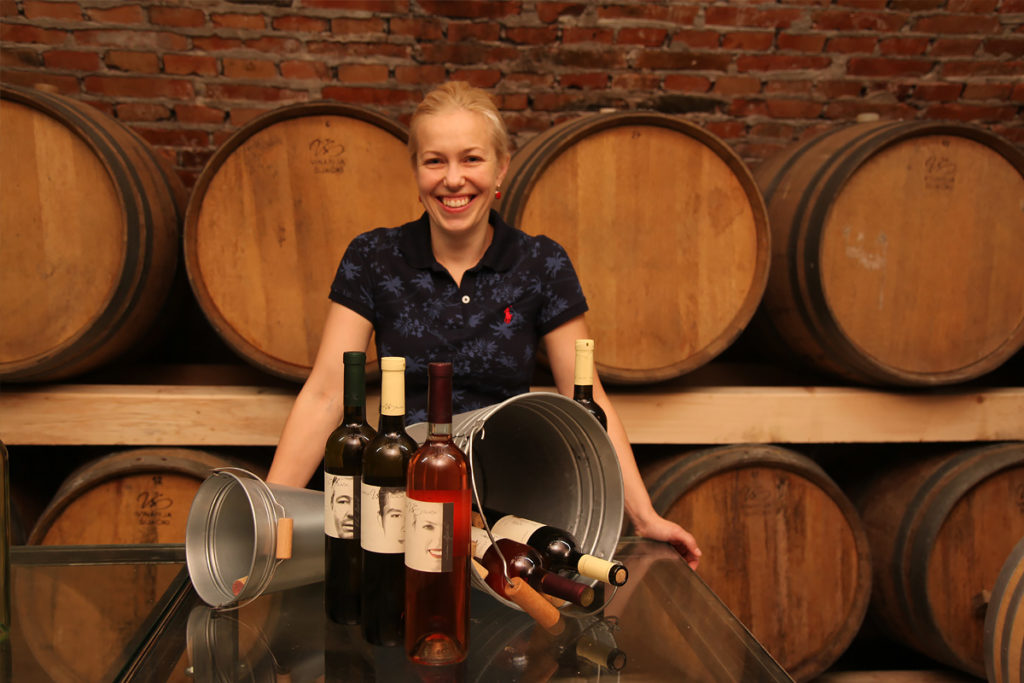
Vinsko porodično stablo
Na banoštorskoj vinskoj turi zakazali smo i posetu Vinariji Šijački. Dočekuje nas Ivana – majka dva mala dečaka, po struci diplomirani enolog. Sedimo u sali za degustaciju koja se nalazi u prostranom dvorištu tik uz obalu Dunava. Ivana nam kaže da je, osim vina, upravo ovo dvorište njihov glavni turistički „adut”. „Imamo goste koje dolaze generacijama, a vina prodajemo lokalno. Oslanjamo se na tradiciju koji je započeo još naš pradeda, a baka Ljubica koja je sada u devedestim godinama najviše je zaslužna što su se vinogradi održali. Imamo veliku paleta vina, a turisti su najviše zainteresovani za izvorne sorte, poput Neoplante i Seduše”. Obilazimo i lagum gde nam Ivana pokazuje etikete na kojima su stilizovani likovi čitave njene porodične loze. Posebno ističe vino Aldumaš – italijanski rizling koji prave po dedinom receptu. Kaže da je aldumaš reč koja označava zdravicu za prilike kada se povodom nekog uspešno okončanog posla prijatelju zovu na čast.
Podrum Stoković i Atos Koruška
Obilazimo i vinariju Stojković koja se nalazi u centru sela. Dočekuje nas Jovan Stojković i pokazuje podrum koji je podignut još 1912. godine. I Stojkovići su porodična vinarija – najveći deo posla je na plećima Jovanovog sina i snaje, a „pr podruma” je Jovanova majka koja, iako vremešna, pleni vedrim duhom i poznavanjem vinarskog zanata. Stojkovići, osim pet vrsti vina, turistima nude i domaću sremačku hranu, kao i smeštaj.
U potrazi za dobrom ribljom kuhinjom koja je, takođe, svojstvena ovom kraju, a po preporuci naših domaćina iz Banoštora, odlazimo do obližnjeg vikend naselja Atos Koruška u istoimeni restoran-vidikovac. S terase ovog besprekorno sređenog restorana pruža se izvanredan pogled na Dunav. Na vinskoj karti nalaze se isključivo vina ovog podneblja, a na meniju upravo ono što tražimo: dunavska riba, domaći sremački hleb, sirevi… Upoznajemo i vlasnicu, preduzimljivu Vidanka Adamović koja je porodičnu vikendicu pretvorila u mali, udoban turistički kompleks. Otkriva nam da i ona pravi male serije vina koje su dovoljne da podmire potrebe njenih gostiju i porodice.
Odlazimo očarani i odlučni da iskustva sa ovog putovanja prenesemo, kako našim čitaocima, tako i svim ličnim prijateljima.



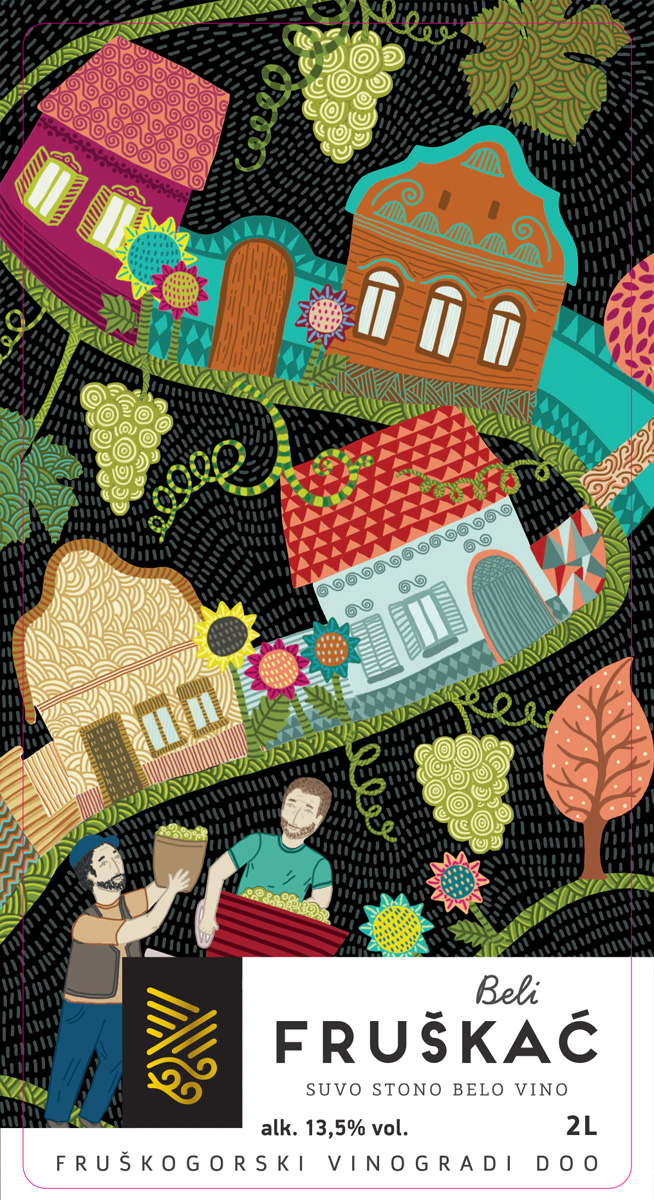
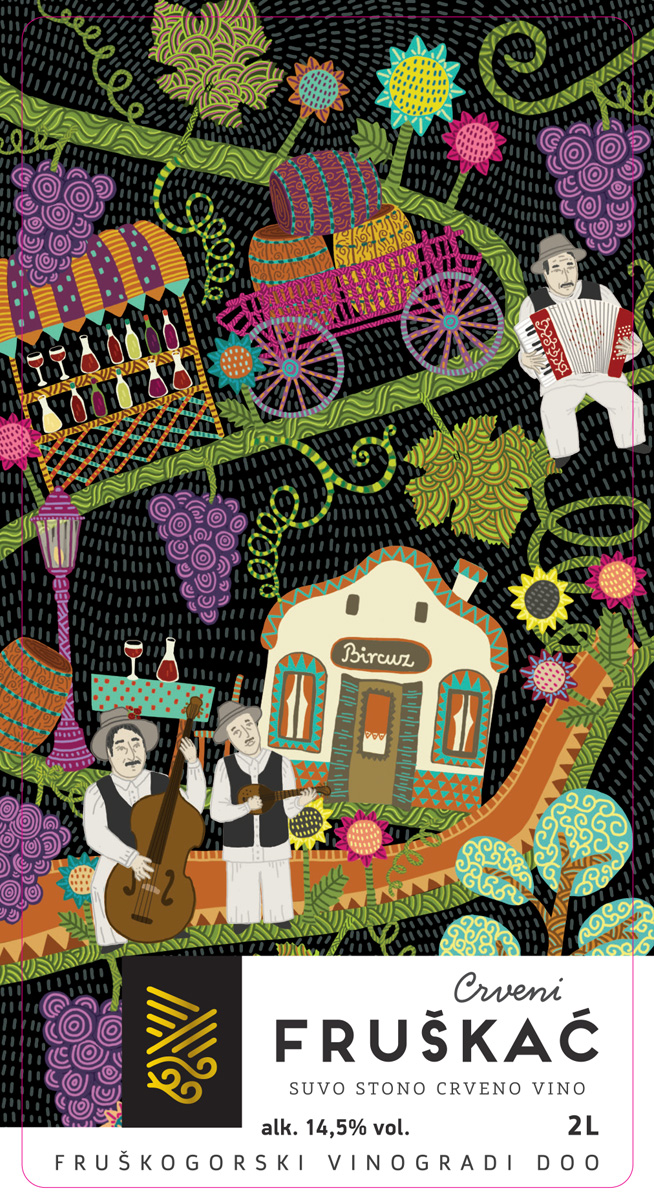
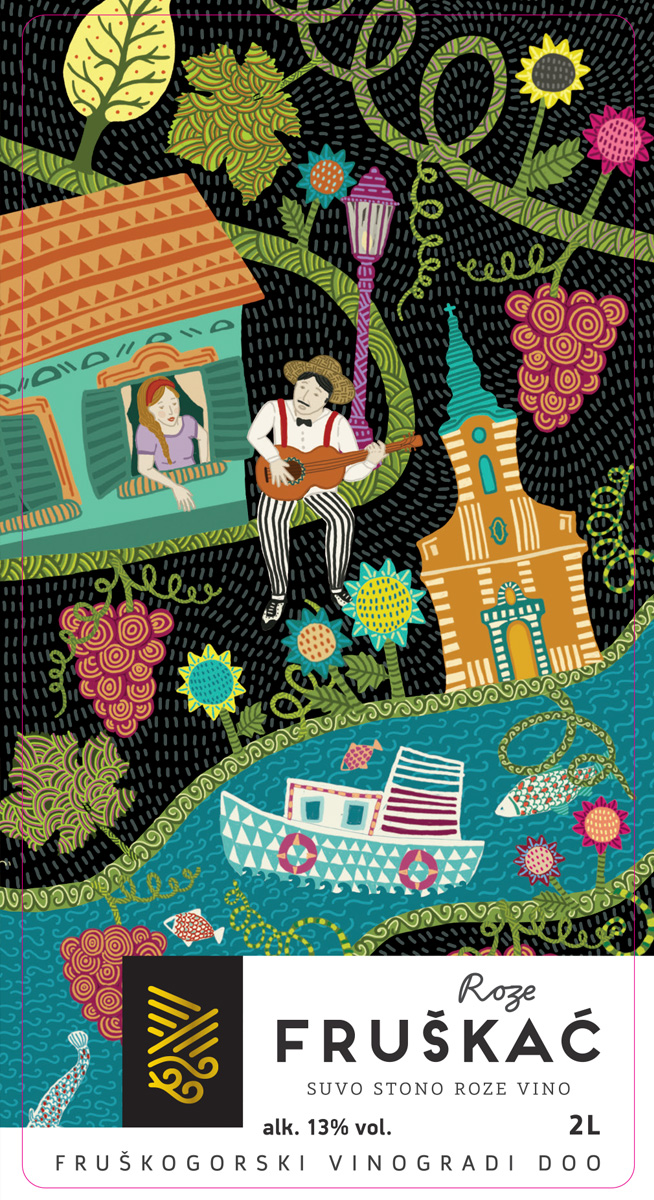
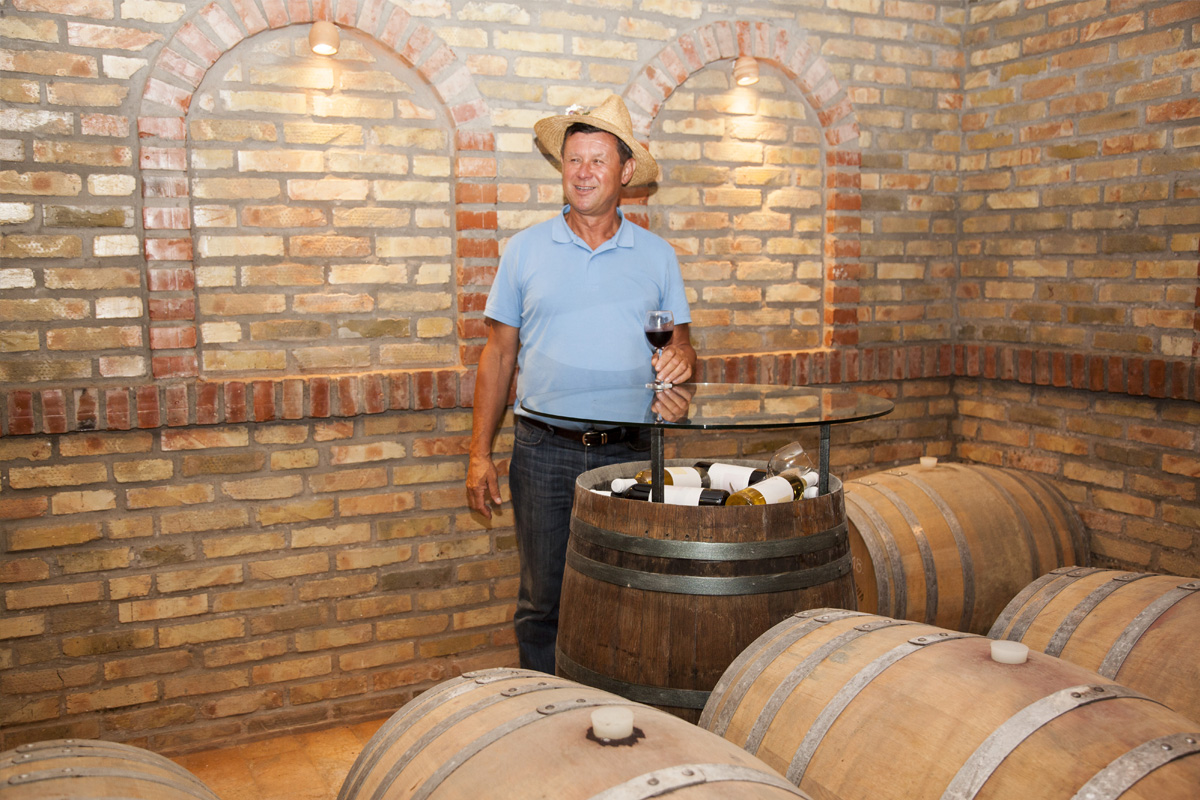
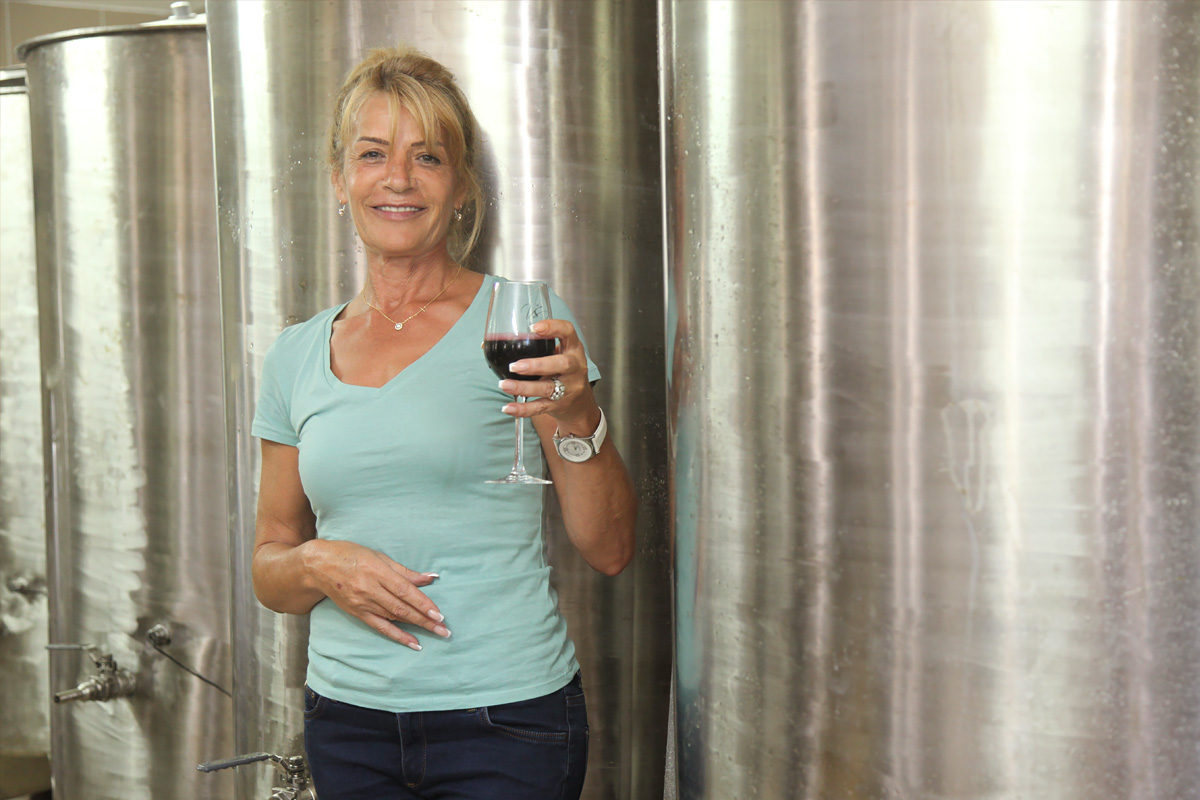


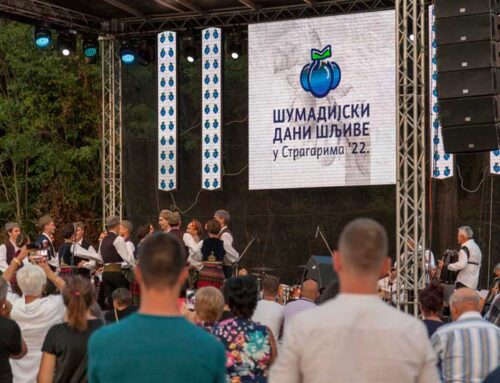



Social Network